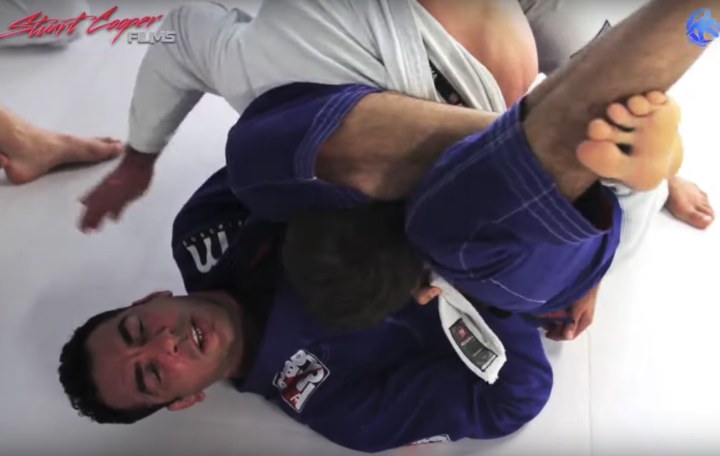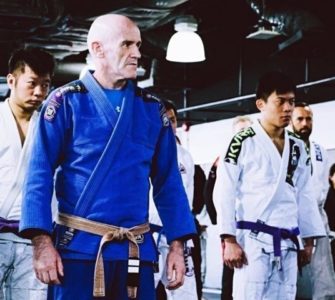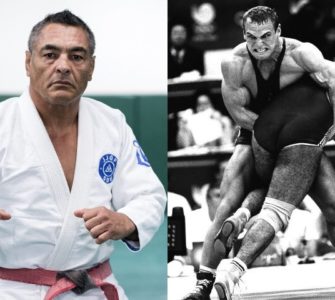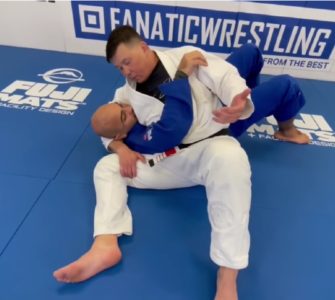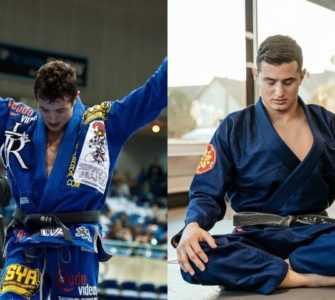If you’re a dedicated “jiujiteiro,” then wondering how to maximize your training time properly and effectively has definitely crossed your mind. Specifically, when is it appropriate to spend time developing your A-game, and when should you dedicate class hours to trying new moves? Although everyone has different methods to organizing their time in BJJ, here are a few tips to guide you in your decisions on when and how to focus your time on the mats:
Your A-Game:
When should a BJJ student be focusing on their A-game? The short answer is three to five weeks before competition. However, expanding your BJJ technique toolbox doesn’t necessarily need to occur only before a competition. It can be anytime and all year round. An admin from the site, “FloGrappling,” makes a good point: “Take advantage of the jiu-jitsu seasons to strengthen your weaker style of jiu-jitsu. Generally speaking, the major gi competition season is between January and June, and then the no-gi season lies between June and December.”
You should be experimenting the most at blue and purple belt levels in order to find your style of Jiu-Jitsu on your way to a brown or black belt. However, you definitely cannot find any BJJ game if you aren’t able to use your academy as an “ego free lab.” Your training hours should be like going to a laboratory — a place where the new you can safely practice, and test out new techniques in order to achieve the perfect end result. It’s very important that the environment of your BJJ school doesn’t feel like a shark tank. A place where it’s all about winning, and keeping track of who’s tapping who, is certainly not the right setting for anyone trying to develop an A-game or simply trying to progress in Jiu-Jitsu. Your teammates should be helping you improve, and providing you with helpful feedback, especially since you could be having difficulty experimenting with new techniques.
A BJJ game is certainly not crafted overnight, nor through copying someone else. It can even take up to years of work, and requires rigorous training to try all types of games, such as X guard, spider guard, butterfly guard, closed guard, among many others. Your gameplan is essentially going to be reliant on your weight, height, and skill level. For instance, people with longer legs might prefer spider guard, notably Romulu “Rominho” Barral (1.8 meters), one of the top BJJ fighters in “Meio Pesado” weight division.
Experimenting On New Moves:
As mentioned above, you should constantly be practicing new moves to find what best suits you. Take every opportunity to try new sweeps, judo takedowns, or leg locks, to find new styles of guard. Of course, you can’t be focusing on new things when you’re days or even weeks away from a competition. So even if you have one good submission, stick to it, and find all sorts of different setups to lead to it. A good Jiu-Jitsu gameplan does not need to be complicated. Stephan Kesting, a BJJ black belt, known for his site Grapplearts, says, “I believe that bluebelt is the time to find your guard. Again we come back to the original principle of experimentation – trying out each guard and its respective sweeps and attacks to see how it works. There is no other way to determine its usefulness to you than to try them.” Kesting also advises to never “abandon your efforts the first time your guard gets passed and go back to your old tried and true. Remember, the blue belt is characterized as a time of experimentation and part of that is making errors and correcting.”

